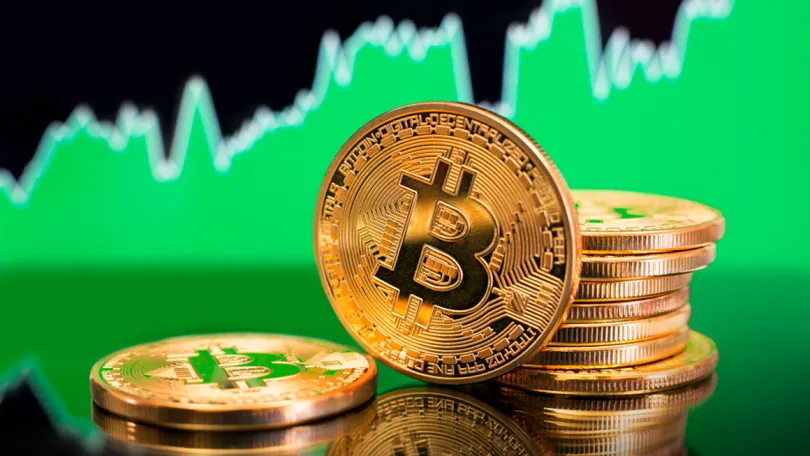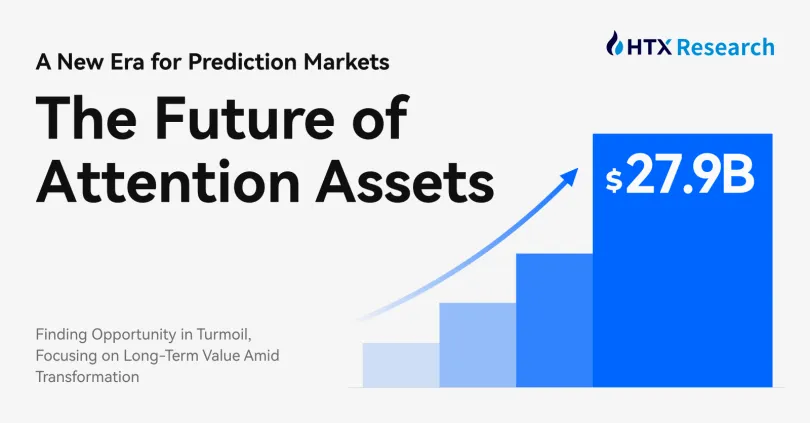
The upcoming halving, expected in April 2024, is "different at a fundamental level" according to a report by Grayscale Investments. The introduction of spot bitcoin exchange-traded funds (ETFs) and the growing popularity of Ordinals has led to a significant change in the dynamics of this market, according to industry experts.
The study emphasizes that #miners may suffer short-term losses. However, in the long term, halving is expected to drive prices up due to various factors.
"The findings suggest that miners have been preparing for the financial impact of halving for a long time. In Q4 2023, there was a notable trend of bitcoin sales by these market participants. This, along with other indicators such as share issuance, indicates that market participants are prepared to deal with the challenges ahead,"the report says.
Experts of #Grayscale Investments say that even if some market participants leave, the decrease in hash rate will adjust the cost of cryptocurrency mining, thereby reducing the costs of the remaining companies.
It is worth noting that #hashrate reached an all-time high of 544 EH/s by the end of 2023. Subsequently, this figure declined due to extremely cold weather conditions in Texas, where a significant portion of mining centers in the US are concentrated.
The report suggests that halving often provokes selling pressure. However, the approval of spot #bitcoin-ETFs and growing demand for #ordinals may mitigate the impact of this factor on the asset's price, experts said.
The growing popularity of bitcoin-NFTs has led to a sharp increase in network fees. The report indicates that miners earned about $200 million in royalties in February 2024 alone.
In turn, spot bitcoin ETFs can create the necessary buying pressure, according to experts:
"An annual buying pressure of $14 billion at an average price of $43,000 per coin is needed to maintain current price levels. After halving, this amount will be cut in half."
These ETFs provide access to bitcoin, making it available to the general public, the report emphasizes. Moreover, net capital inflows into this segment have already exceeded $1.5 billion.




























